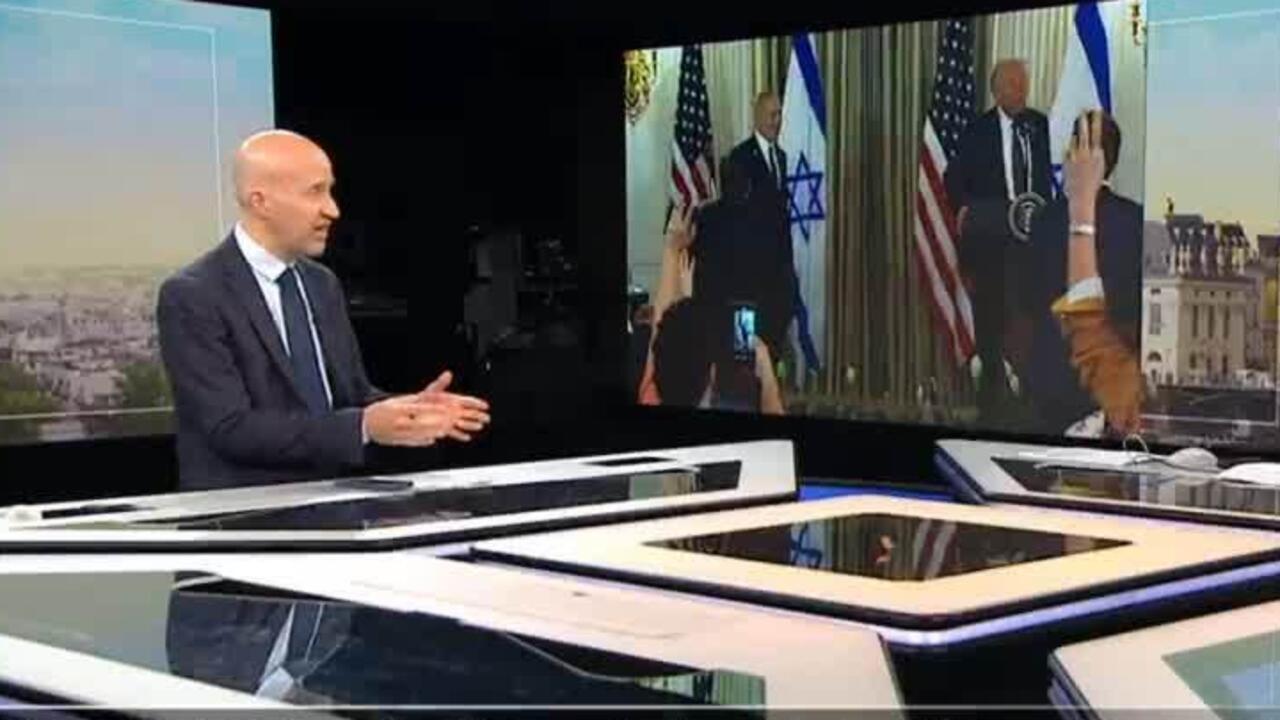Trump Unveils 20-Point Gaza Peace Plan: Key Details and Implications
On Monday, US President Donald Trump presented a 20-point peace proposal aimed at ending the ongoing conflict in Gaza between Israel and Hamas. The plan, quickly embraced by Israeli Prime Minister Benjamin Netanyahu, outlines a framework for a ceasefire, hostage release, and the future governance and redevelopment of the Gaza Strip. However, its success hinges on Hamas's acceptance and the resolution of numerous ambiguities.
Key Components of the Peace Plan
The proposed plan focuses on several critical areas, designed to transform Gaza into a peaceful and prosperous region. These include immediate cessation of hostilities, a comprehensive hostage exchange, and a radical restructuring of governance and security within Gaza.
- Immediate Ceasefire: An immediate end to all hostilities if both sides agree. Israeli forces would halt operations and prepare for a phased withdrawal.
- Hostage Release: Within 72 hours of Israel's acceptance, all hostages, both living and deceased, must be returned.
- Prisoner Exchange: Israel will release 250 prisoners serving life sentences and 1,700 Gazans detained since October 7, 2023, including women and children. Additionally, the remains of 15 Palestinians will be released for each deceased Israeli hostage returned.
- Amnesty for Hamas Members: Hamas members who commit to peaceful coexistence and disarm will be granted amnesty. Fighters wishing to leave Gaza will be allowed safe passage abroad.
Governance and Reconstruction of Gaza
A significant aspect of the plan addresses the future governance and redevelopment of Gaza, with the goal of creating a stable and economically viable environment. This involves dismantling militant infrastructure and establishing a new system of governance.
- Technocratic Governance: A temporary, apolitical Palestinian committee will manage Gaza, delivering basic services to the population.
- Board of Peace Oversight: A new body, chaired by Donald Trump and including figures such as Tony Blair, will supervise governance and reconstruction until the Palestinian Authority undergoes reforms.
- Economic Development: A Trump-led panel of international experts will design a redevelopment blueprint, drawing inspiration from successful "miracle cities" in the Middle East. A special economic zone (SEZ) will be established in Gaza to attract foreign investment.
- Demilitarisation: All tunnels, weapons, and production sites will be dismantled and destroyed under independent monitoring, supported by a buy-back and reintegration program.
International Involvement and Security
The peace plan also emphasizes the importance of international involvement to ensure the long-term security and stability of Gaza. This includes the deployment of a multinational security force and guarantees from regional partners.
- Regional Guarantees: Arab partners will provide assurances that Gaza remains non-violent and committed to peaceful coexistence.
- International Stabilisation Force (ISF): A multinational security force will be deployed to oversee disarmament, train Palestinian police, and secure Gaza’s borders.
- Gradual IDF Withdrawal: Israeli troops will withdraw in phases as the ISF takes control, maintaining a temporary perimeter until Gaza is secure.
- Interfaith Dialogue: Initiatives will be launched to promote tolerance and build trust between Israelis and Palestinians.
Hamas's Response and Potential Outcomes
The success of the peace plan hinges on Hamas's response, which remains uncertain. While the proposal offers amnesty and reconstruction aid, it also requires the group to disarm and relinquish political control. A rejection by Hamas could lead to further Israeli military action with US backing. Acceptance, on the other hand, would mark the beginning of a heavily supervised transition towards a more stable and peaceful Gaza.
| Key Area | Details of the Plan |
|---|---|
| Ceasefire | Immediate cessation of hostilities, phased Israeli withdrawal |
| Hostage Release | Complete return of hostages within 72 hours |
| Prisoner Exchange | Release of Palestinian prisoners in exchange for hostages |
| Governance | Temporary Palestinian committee supervised by a "Board of Peace" |
| Economic Development | Establishment of a Special Economic Zone |
| Security | International Stabilization Force deployment |
Challenges and Ambiguities
Despite the ambitious scope of the peace plan, several challenges and ambiguities remain. These include the specific composition of the Palestinian committee, the mandate and rules of engagement for the International Stabilisation Force, and the timeline for Israeli withdrawal. Furthermore, the plan's stance on Palestinian statehood, described as an "aspiration," falls short of a definitive commitment and ties progress to Gaza’s redevelopment and Palestinian Authority reforms.
The Trump administration hopes that the 20-point peace plan will be a significant step towards lasting peace in the region. While the plan has received broad support from the international community, the ultimate success will depend on the willingness of both Israel and Hamas to compromise and commit to a peaceful future for Gaza.
 Visit the website
Visit the website






